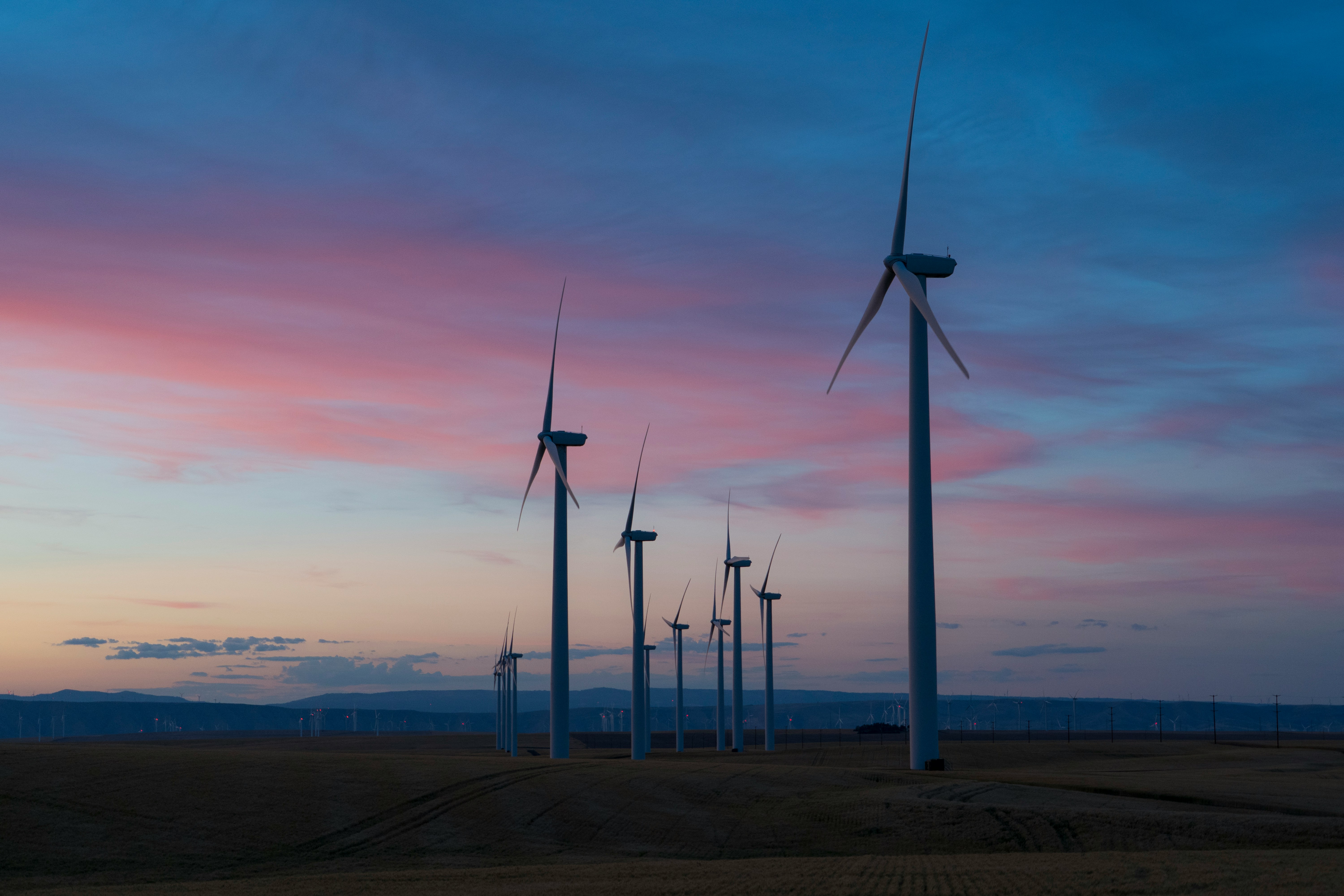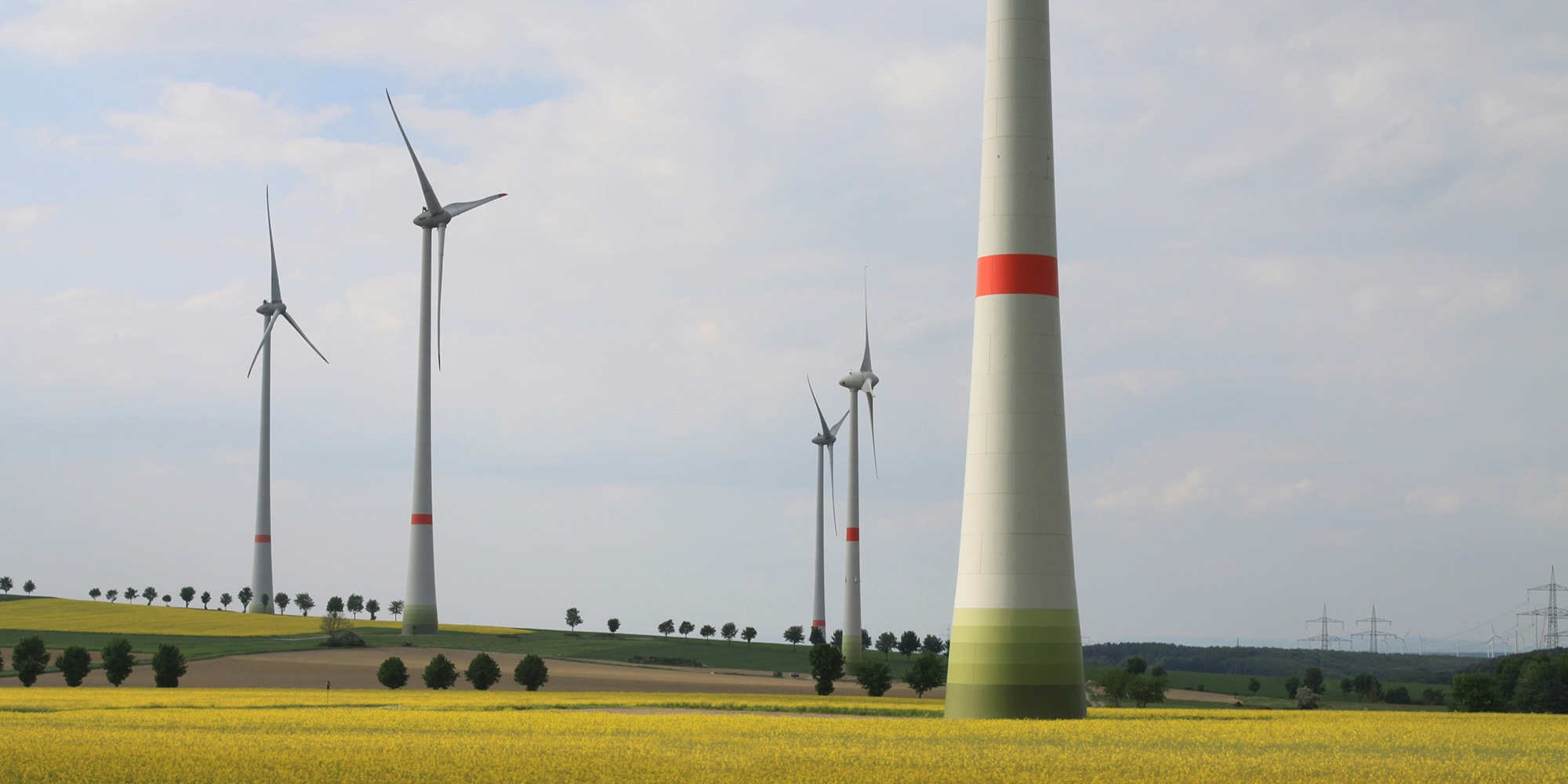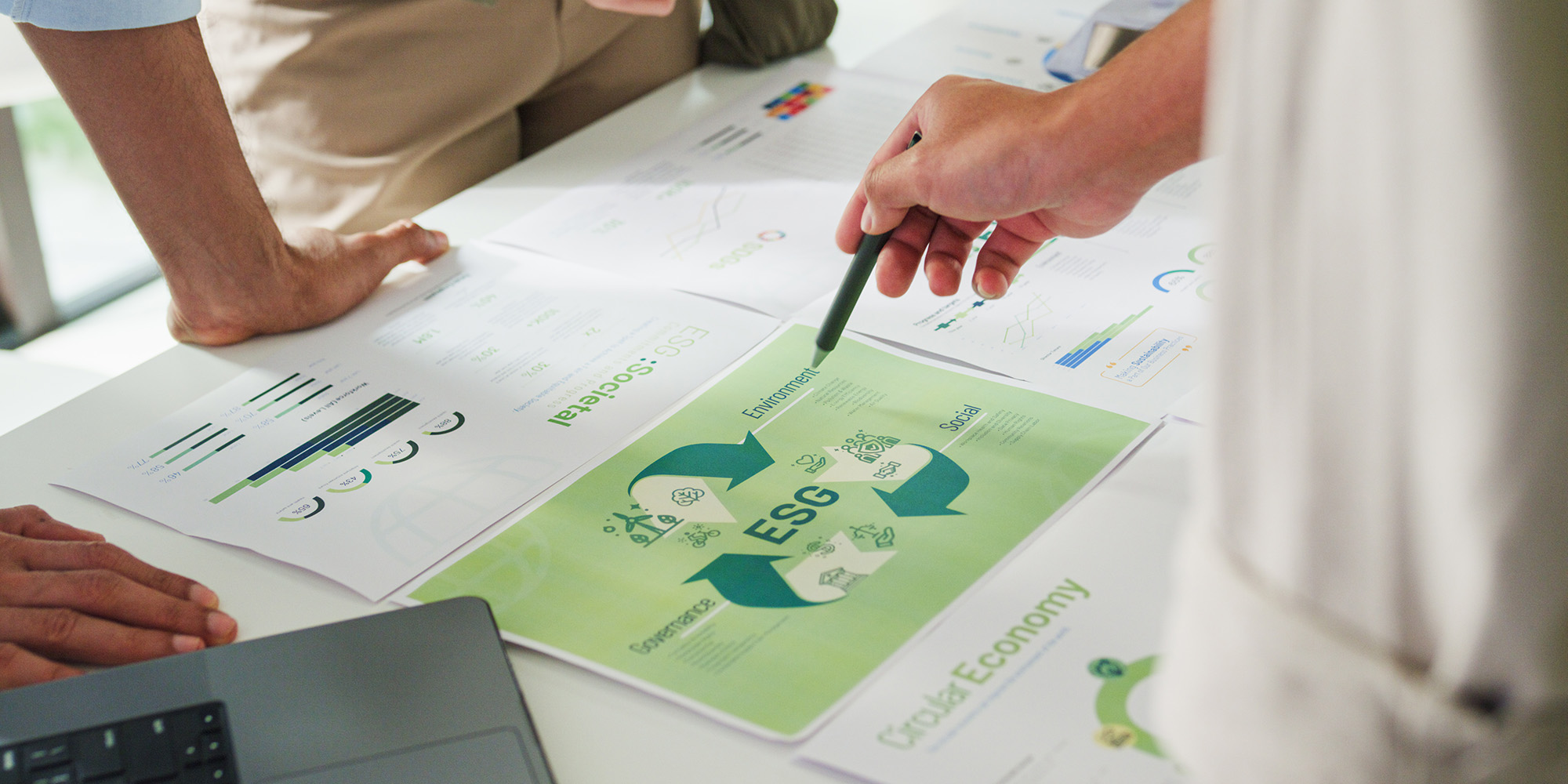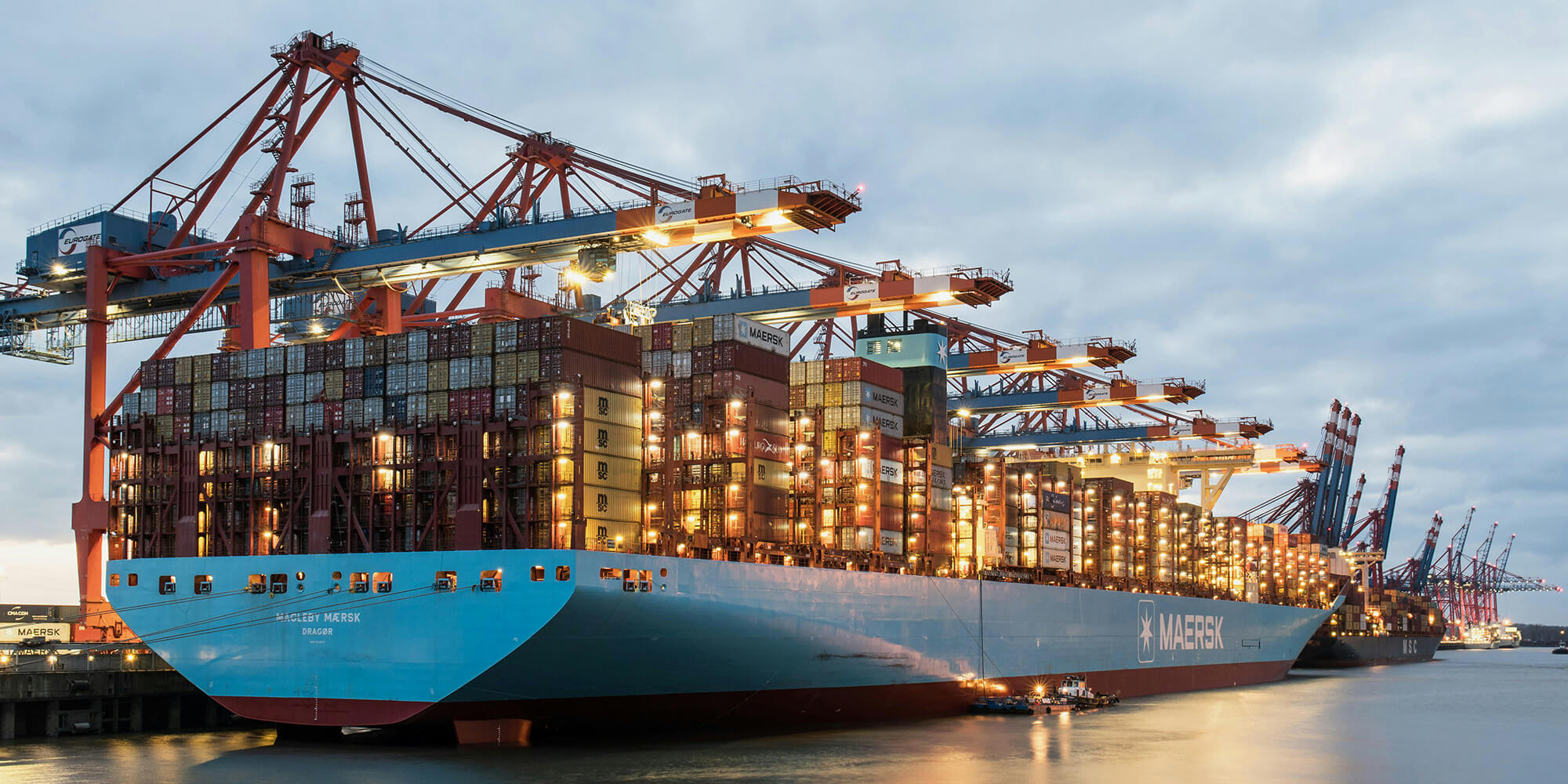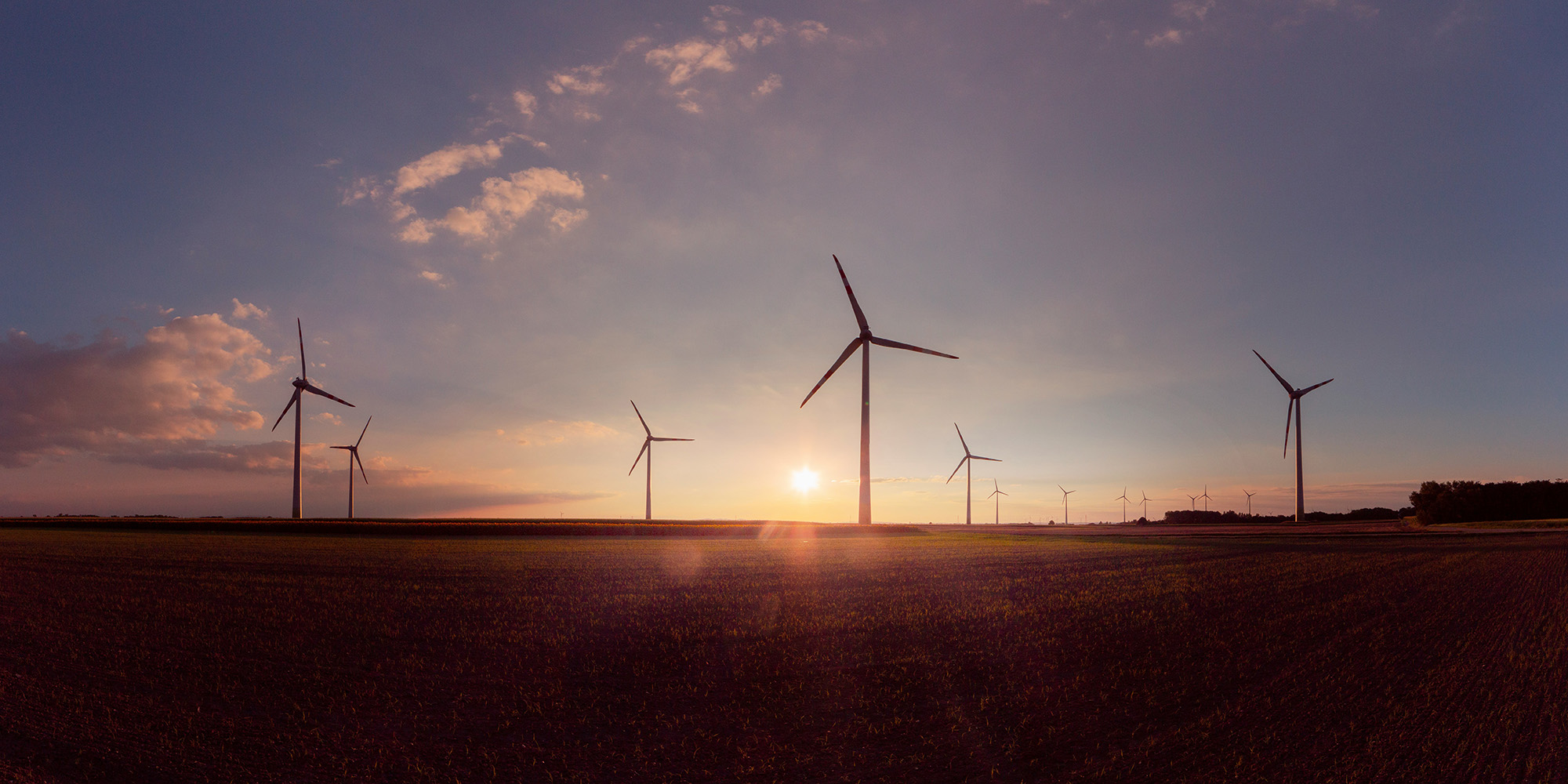At the end of 2022, Guarantees of Origin (GOs) experienced a price hike unlike anything before. Take a look at the graph below. You can see how, from holding relatively low throughout 2020 and 2021, prices skyrocketed and touched 10 EUR a year later, peaking in a matter of months. A closer look reveals the elements at play in this maturing market.
.png?width=1654&height=1047&name=bilde%20(1).png)
Come rain or shine: how weather patterns impact GO prices
First, we should talk about the weather. Renewable energy and GO supply largely depend on the availability of sunlight, precipitation, and wind – and 2022 was exceptionally dry. The shortage of snow and rain in the Nordics and Southern Europe significantly limited hydropower production and contributed to the all-time-high GO prices. Once the conditions normalised and production increased, prices fell back to near historical levels.
Even in normal production years, the seasons impact the supply of renewable energy and GOs too, as do phenomena such as storms, droughts, and large-scale perturbations like El Niño. These patterns are increasingly erratic or extreme due to climate change, which makes them harder to predict.
Then there is seasonal energy consumption. An icy winter means extra demand for heating. The Nordics, for example, usually experience their highest electricity usage at the end of January and the beginning of February, when the cold bites hardest.
In sum, higher renewable energy supply correlates with lower energy and GO prices, while greater demand often raises prices accordingly. When it comes to GOs, however, more elements come into the equation.
Managing risk in a volatile market
Always remember that markets are made of people – and people are unpredictable. There was a strong psychological component during the peak in 2022. When the price hike began, things accelerated quickly as producers, consumers, traders, advisors and everyone in between scrambled to get ahead of the curve. The price of GOs changed within the hour.
The shortage in production further pushed the dial up. Power producers often sell their GOs months in advance, based on historical output data. When the drought-induced deficit became apparent, many producers, even those who had sold according to conservative estimates, realised they were short and had to procure certificates elsewhere to make sure they could deliver on their commitments.
At the same time, corporate buyers were looking for certificates to cover their consumption, with many having to pay much higher figures than they had anticipated. In the end, many decided to wait. Transactions decelerated, things cooled off, and the market settled, ending the climax of the volatile period.
Keep in mind that 2022-2023 were atypical years, not to be used as a model for the future. What they do show is that GO prices are prone to sudden change, which makes risk management paramount. Whether it is buying future volumes, signing Power Purchase Agreements (PPAs), corporate buyers should create a robust hedging strategy that reduces their exposure to volatility.
Market fluctuations can also create opportunities. Look at the graph again. Every dip is a buying chance; every peak, a selling one. These are known as the distribution and accumulation phases of a market.
For corporate GO buyers, timing is key. While some companies may be used to procurement cycles with predetermined purchasing dates, being agile to take advantage of arising opportunities can help them reduce costs. The same goes for spreading purchases throughout the year, ideally away from reporting dates when many companies are likely to buy simultaneously and drive the price up.
Buyer preferences and corporate standards
Not all GOs are the same. Vintage, technology, location and other variables can influence the price of the certificates, especially when companies seek certain characteristics either to meet self-imposed quality criteria or to align with corporate standards.
RE100 is perhaps the best example of a single organisation nudging demand. In the last update to its technical criteria, the corporate initiative introduced requirements for the age of power plants and the sustainability of certain types of renewable electricity, reducing the pool of certificates that its members – large corporate energy users – can buy to comply with the rules.
Ecolabels and other add-ons can also increase the price of GOs by attaching additional value, whether it be by guaranteeing reduced environmental impact, providing social co-benefits or increasing trust in the quality of renewable energy.
 The ecolabel EKOenergy helps fund renewable energy projects in low-income nations. The higher social impact increases the price of GOs. Photo: EKOenergy
The ecolabel EKOenergy helps fund renewable energy projects in low-income nations. The higher social impact increases the price of GOs. Photo: EKOenergy
Do new regulations impact the price of GOs?
Regulations play an ever more prominent role in the demand for GOs. New policies such as the Corporate Sustainability Reporting Directive (CSRD), which requires businesses to document renewable energy consumption with GOs, strongly incentivise the use of certificates, potentially impacting their price.
The scope of the new regulations is anything but narrow. About 50 000 EU-based companies and roughly another 10 000 non-EU companies with operations in the EU will soon have to abide by the CSRD. Further, the EU is trying to add sustainability as a new dimension of the single market by connecting the CSRD, the Sustainable Investment Taxonomy, and the Green Claims Directive. GOs are a crucial part of the information that will make the policy triad work.
Regulations are speeding up a green shift that was already in motion in the voluntary space. An increasing number of companies are already switching to renewables, galvanised by corporate sustainability standards, stakeholder pressure, customer preferences and other factors. Mandatory requirements are expected to accelerate the transition and incentivise more corporates to cut Scope 2 emissions.
More renewable production, more GO supply
New clean energy projects are coming online, meaning increased GO issuance. In 2023, added wind capacity resulted in a sharp increase in production in several countries, notably France, Germany and the Netherlands. Solar power also saw a significant uptick in Spain. In addition, Greece joined the Association of Issuing Bodies (AIB), bringing extra volume into the European single market.
Contrary to what we saw during the 2022 peak, 2023 experienced abundant production. Capacity increased and the climate normalised hydropower output which, among other factors resulted, in lower prices.
So far, 2024 seems stable. The price of GOs has settled and, for now, volatility appears to have subsided. And while there are no crystal balls or tea leaves that can say what is to come, knowing the elements at play can help renewable energy buyers and producers move wisely in their renewable transition.
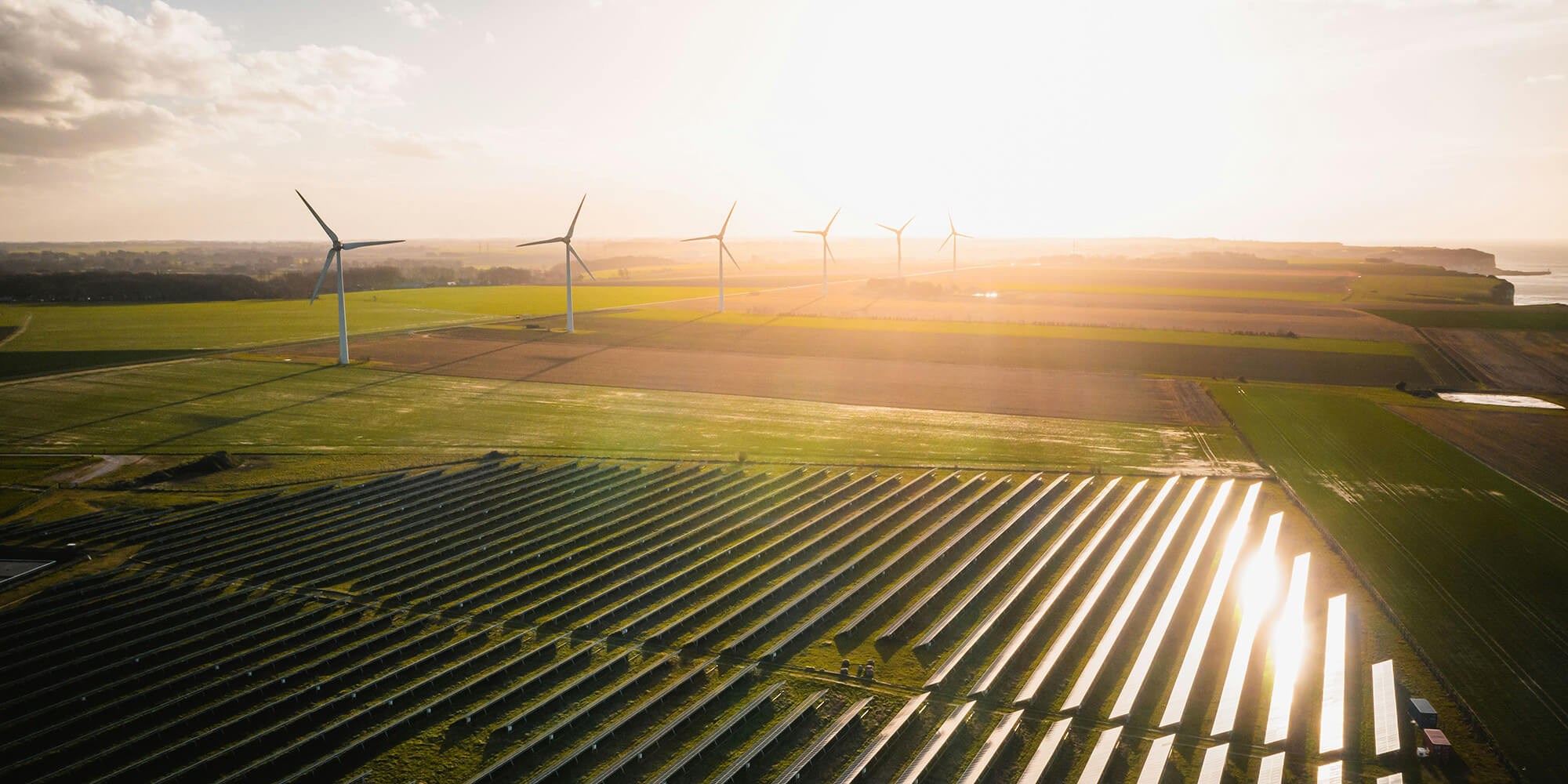

.png?width=3840&height=2560&name=Sun(1).png)

.png?width=3840&height=2560&name=Landscape_2(1).png)
